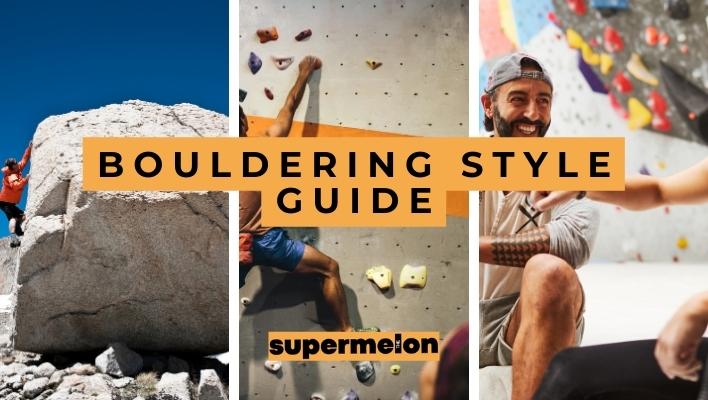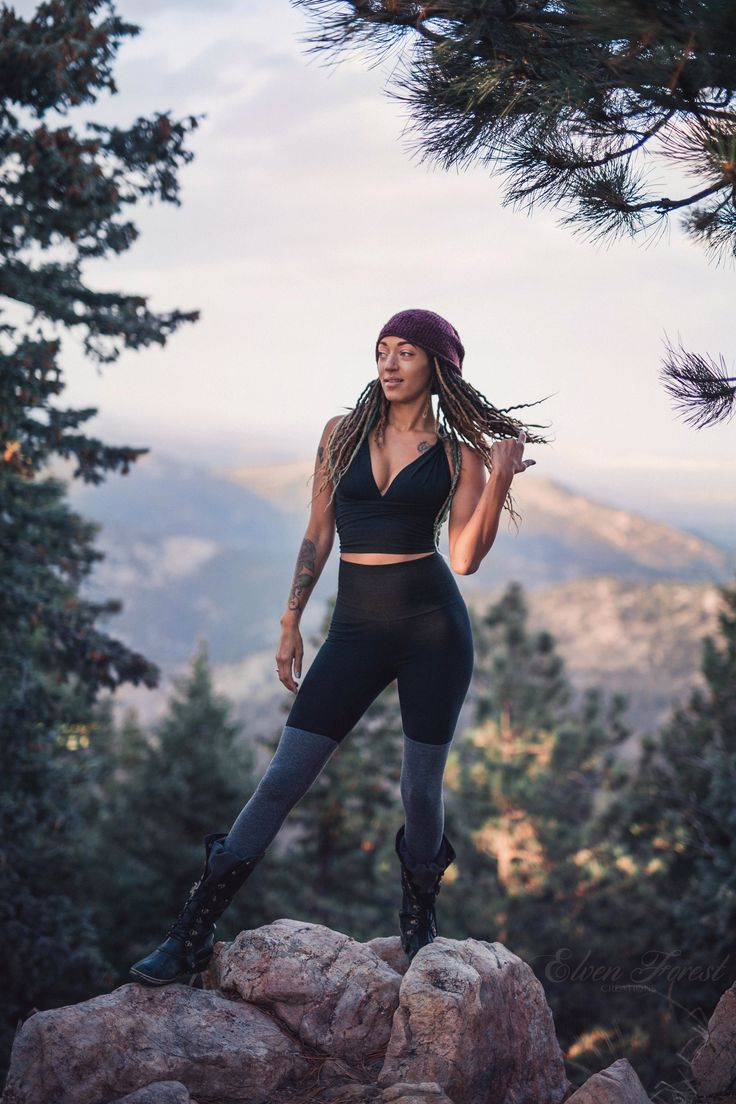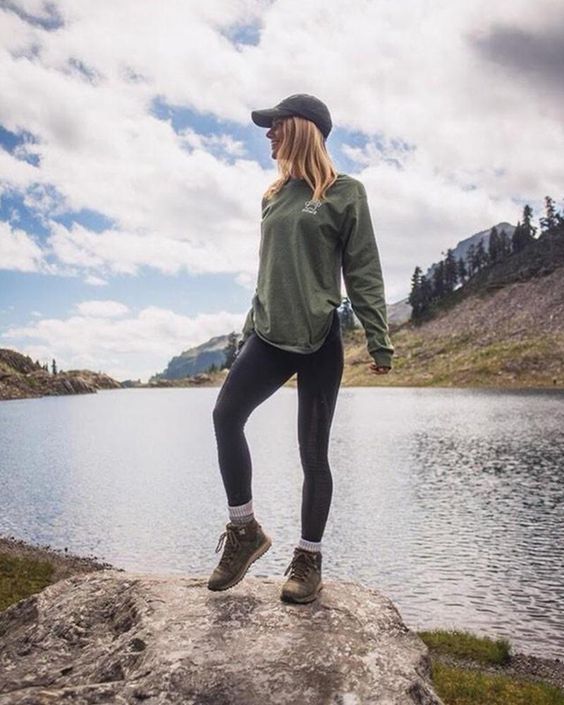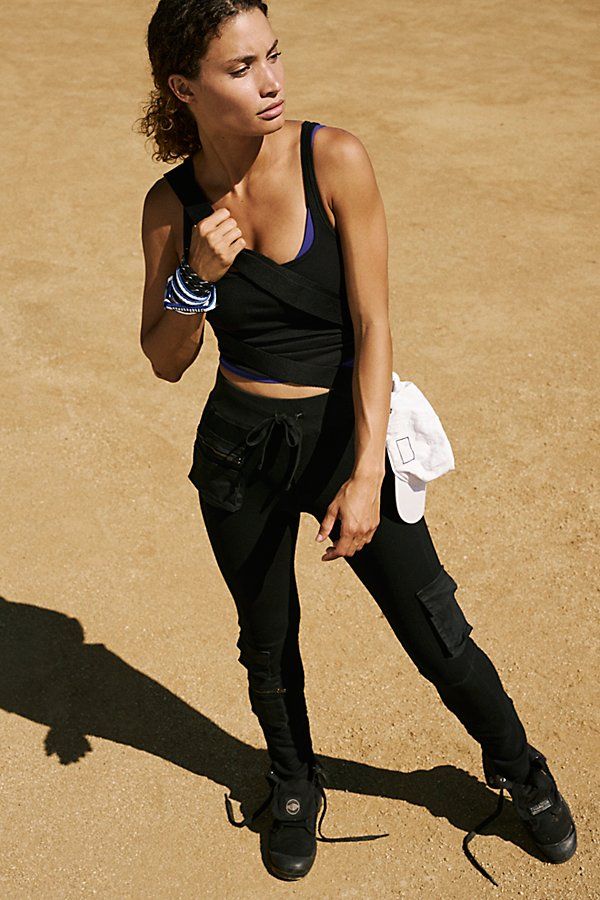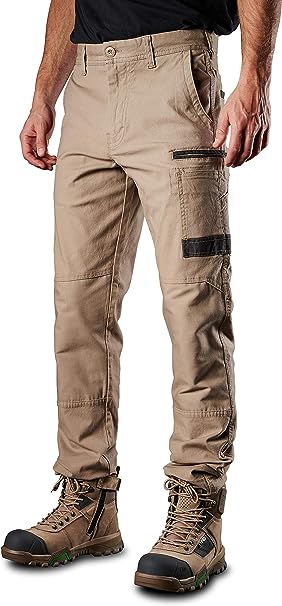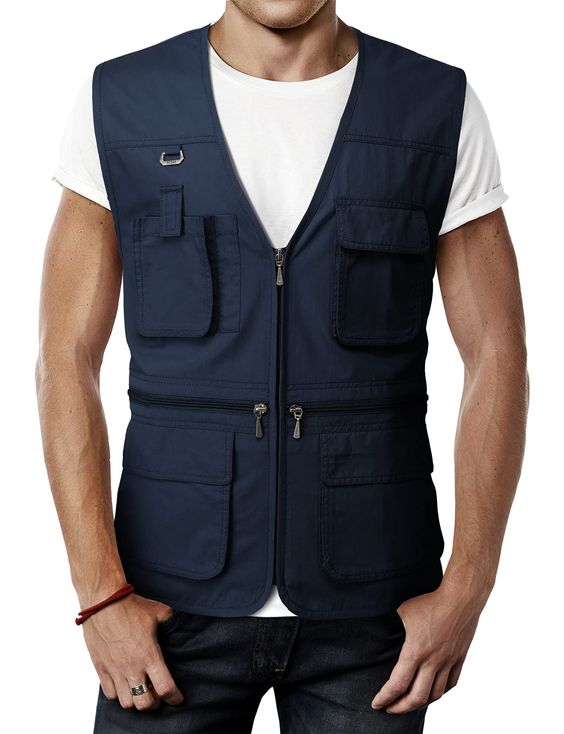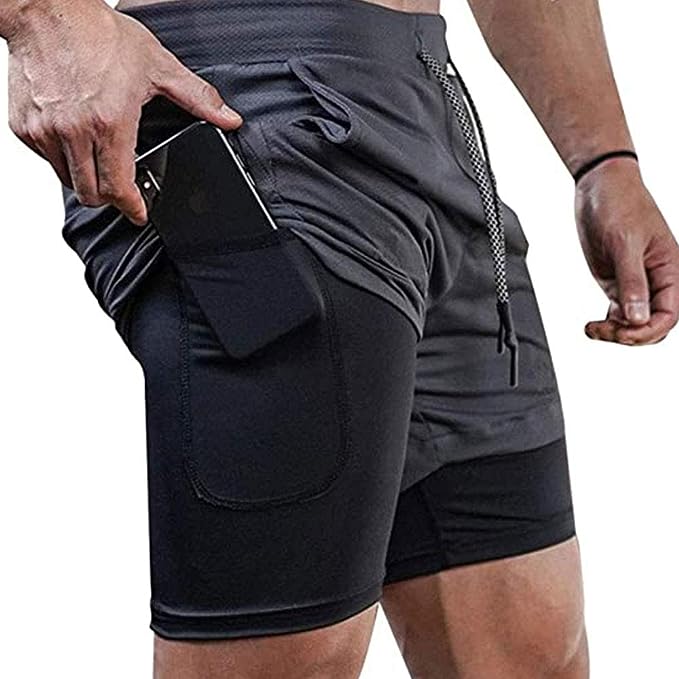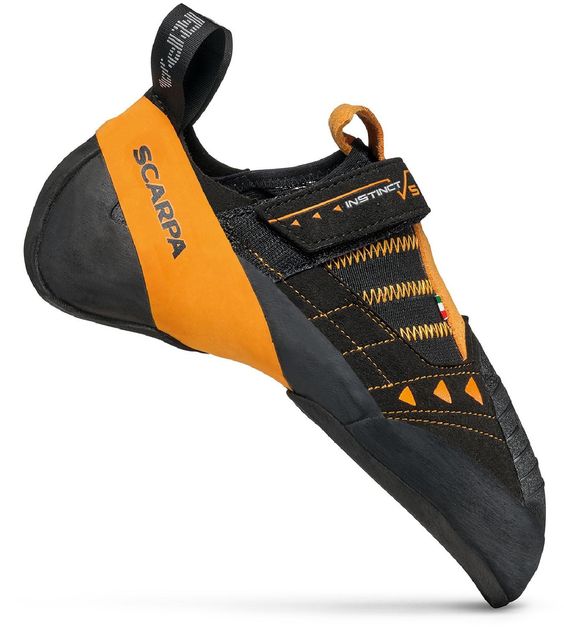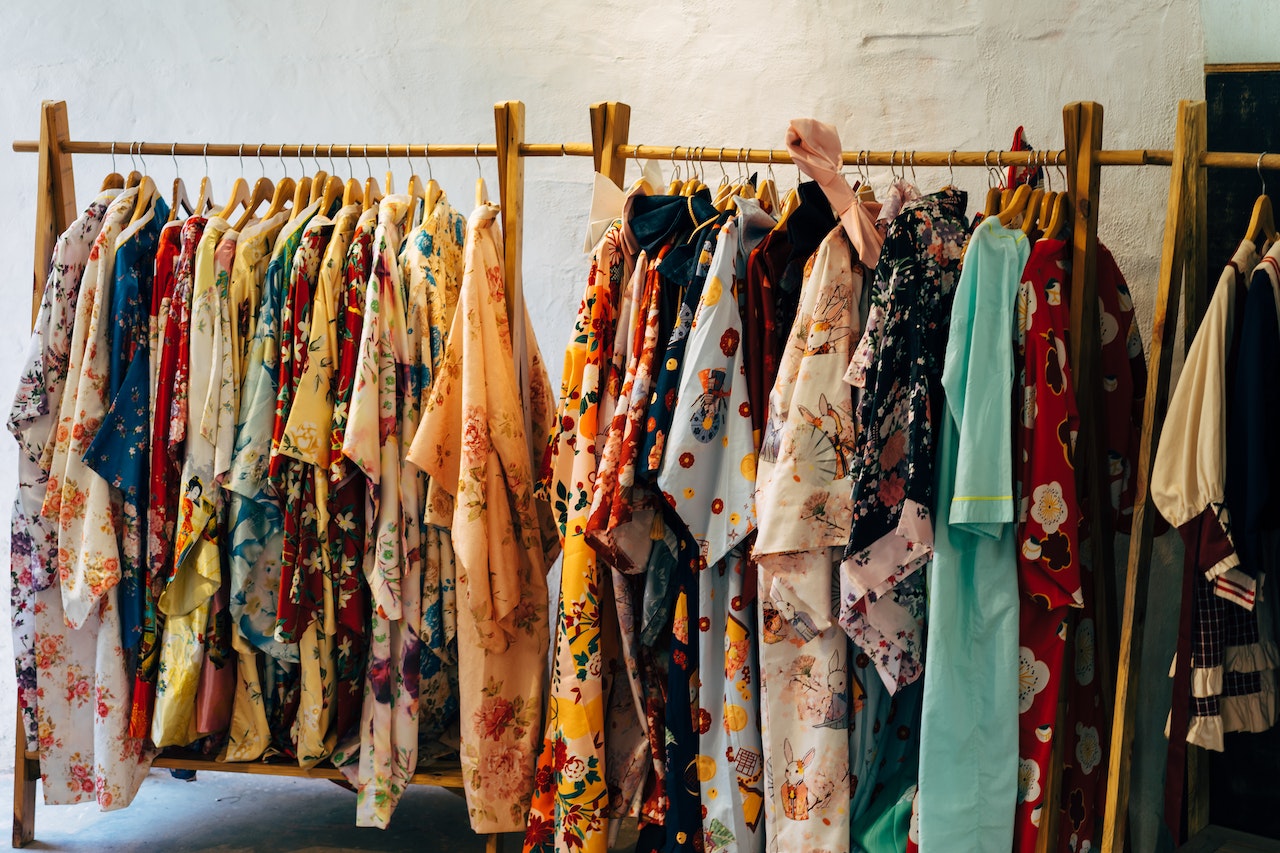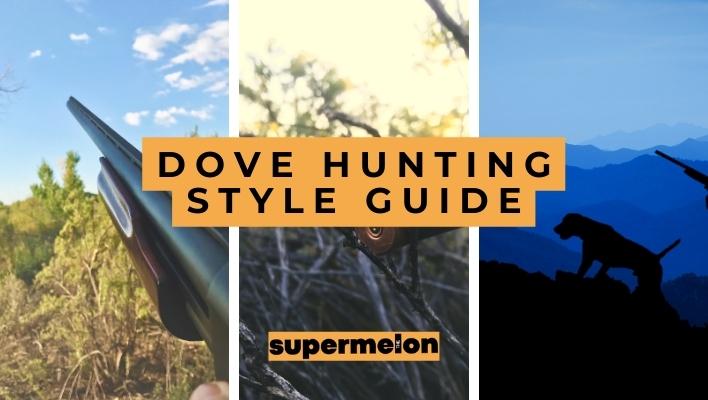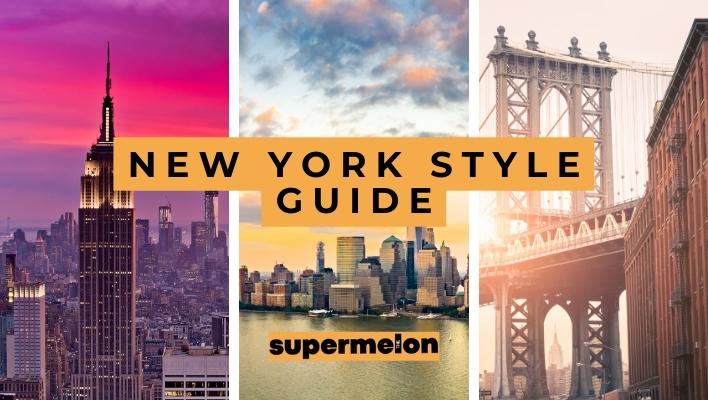So, you’ve decided it’s time to give bouldering a go? Great! Bouldering is a super exciting and fun form of exercise you are going to love.
For most people, bouldering will be at an indoor rock climbing or bouldering gym for the first time.
| Environment | Clothing and Gear Recommendations |
|---|---|
| Indoor Bouldering | Comfortable climbing shoes, chalk, T-shirt, and shorts |
| Outdoor Bouldering | Climbing shoes, chalk, crash pad, appropriate clothing for weather conditions |
There are more gyms for this than you may even realize, and they make for a great starting point to hone your skills before you move on to more extreme variations.
KEY TAKEAWAYS
When bouldering, it’s crucial to wear comfortable and flexible clothing that allows for a wide range of movement.
Opt for moisture-wicking and breathable fabrics to keep you dry. Climbing-specific shoes with a snug fit are essential for good grip, and consider using chalk to improve your grip further.
Don’t forget a chalk bag, a helmet for safety, and a small backpack for essentials like water, snacks, and extra chalk.
What to Wear to a Bouldering?
So that brings us to: what should you wear to a bouldering? Well, there are a few key points to consider before you get to the action.
The first priority should be comfort, so the top or shirt should be fairly loose and stretchy to allow for full range of motion.
The clothes you select should be of a moisture-wicking, comfortable, and abrasion-resistant material. Pants should have tapered legs so that you can easily see footholds. Below, we get into the specifics, piece by piece.
| Clothing Item | Recommendations |
|---|---|
| Climbing Shoes | Comfortable, snug-fitting climbing shoes with sticky rubber soles |
| Chalk Bag | Chalk bag with chalk ball or loose chalk for hand grip |
| Climbing Harness | Optional for some bouldering, essential for others |
| T-Shirt | Moisture-wicking, breathable T-shirt for comfort |
| Climbing Pants | Flexible, durable climbing pants for ease of movement |
| Shorts | Breathable, quick-dry shorts for warm-weather bouldering |
| Climbing Socks | Moisture-wicking, thin climbing socks to reduce friction |
| Beanie or Hat | Hat to keep hair out of the face or for warmth |
Shirts
A top that is long in the body will be more comfortable, as it won’t ride up when you reach for high holds. If sleeves are too wide, and the body of the shirt is too baggy, you might find yourself catching on holds, so a slimmer fit is a better choice.
Some excellent options would be an athletic shirt, and for ladies a sports top with built-in bra, or a t-shirt. In winter, a moisture-wicking, long-sleeved shirt that allows free movement will keep you from getting chilled without restricting your action on the wall.
Bouldering gyms can be cold in the winter and very hot in the summer. Wearing layers will make your session more comfortable. In colder seasons, bring a hoody or fleece sweater for breaks or when spotting someone.
Pants
The pants you wear for a bouldering session are essential to get right as your performance can be strongly affected by a wrong choice.
Pants for bouldering should be made of heavier, more restrictive material, so it is important to make sure that you have good range of movement.
You may be able to use your clothes for other forms of exercise here. If you are a yogi, then the quick solution is to pull on a pair of yoga pants.
They certainly work due to the inherent stretch of the material and the degree of motion they allow. However, the majority of yoga pants are not made to withstand the abrasion of bouldering. Sport leggings may be a better option.
Pants that will work well for bouldering are looser around the hips and thighs, but taper down to a narrow ankle so that you can easily see the footholds and your feet. Unless they have been constructed using very stretchy material, the pants should come equipped with a gusseted crotch for mobility.
Boulderers tend to prefer cotton pants over synthetic as they tend to be slippery, offering less friction against crash pads in a fall.
Synthetic materials are also more prone to abrasion damage, and for an action-packed exercise like bouldering, you will need more protection.
Pants made of a durable, abrasion-resistant material, with lycra for stretch, would be an excellent choice.
A pair of pants made specifically for bouldering will allow for better performance and are a wise investment. The great thing is that if you do they should normally last through several years of use.
Long pants are considered the better bet as they offer more coverage and thus protection against scrapes and abrasions.
However, in summer when temperatures rise, it may be too hot for long pants while bouldering. If you commit yourself to wearing shorts, take care with the length as people will be able to gaze up them as you are climbing.
Choose shorts that come with a built-in liner, or layer spandex shorts underneath for additional coverage. Knee length shorts are also a good compromise. Also be mindful that shorts offer less protection and you are more prone to cuts and scrapes.
Vests and Tops
This is one area where you can let your personality show a bit more when it comes to dressing for a bouldering session. There’s no shortage of choices when it comes to climbing tops and vests.
Most climbers opt for a cotton top, and if you really want to get serious, you can opt for a polyester sports t-shirt, made of breathable and lightweight fiber like a soccer top. You can also get climbing sports tops, but these are usually worn by professional boulderers.
Bouldering Shorts
Climbing in shorts is probably the most popular choice for bouldering indoors. The main thing to be aware of when looking for rock climbing shorts is that the crotch shouldn’t be so low cut that it hinders your reach.
You want to feel protected in your coverage and in range of movement, both of which should be taken into consideration when selecting the right pair.
Bouldering Jeans
Of course you can wear jeans, but with a few caveats. First, they must be very stretchy, and the leg bottoms should not be so wide that you can’t easily see the footholds you are using.
Second, note that cotton-only jeans are not stretchy enough for the contortions that come with bouldering, and the heavier material will be too warm for indoor gyms.
Another option is to search out companies that cater to the climbing community by offering climbing-specific jeans. These jeans are very stretchy but are versatile enough to wear outside the gym.
This can be very handy for days when you are going straight to the bouldering gym after work with no time to change. If the jean bottoms are too wide, the easiest way to maneuver around this is by simply rolling them up.
Bouldering Clothes FAQ
What ‘extras’ should I take to a bouldering session?
For indoor sessions where rentals are sometimes an option, if you rent their climbing shoes, bring your own socks as they are mandatory.
Also, bring flip-flops for getting around in the gym when you are off the mats. Bring a chalk bag and chalk, or plan on renting these at the gym.
| Gear/Accessory | Recommendations |
|---|---|
| Crash Pad | Portable foam crash pad for protection during falls |
| Climbing Chalk | Chalk ball or loose chalk for hand grip |
| Belay Device | Essential for routes requiring a belay partner |
| Carabiners | Locking and non-locking carabiners for various uses |
| Quickdraws | Essential for lead climbing |
| Climbing Helmet | Optional but recommended for safety |
| Finger Tape | For protecting and supporting finger joints |
What are some other suggestions to prepare for a bouldering session?
Long hair should be tied back, for both performance as well as safety issues. Leave your nice watch at home as you don’t want to risk damage it, and don’t wear jewelry that can get hooked on a hold, as this creates a safety issue.
Don’t have anything in your pockets that could cause injury in a fall, such as keys.
What should you bring for indoor climbing?
Hoodie
Your forearms will probably be in rest mode when not climbing or swinging back and forth.
Depending on what part of the world you are in, bringing a hoodie in your bag might be a good idea. Nothing worse than shivering before jumping on a climb.
Trainers
You will need a good pair of sneakers to wear aside from your climbing shoes. They will come in handy when you are standing around waiting to climb those ropes.
Bring On the Bouldering In Style!
Choosing the right attire for bouldering is essential not only for comfort but also for safety and performance.
Of course, we all want to look great during a session, but never forget that this is basically a sport, so dress accordingly! Opting for moisture-wicking, flexible, and breathable clothing, along with snug-fitting climbing shoes, can greatly enhance your experience on the bouldering wall.
Additionally, don’t forget to consider the weather conditions and the specific climbing gym’s rules when selecting your outfit if you are inside. Ultimately, striking a balance between functionality and personal style is key to ensuring a successful and enjoyable bouldering session.
So, whether you’re a seasoned climber or just starting out, the right clothing choices can help you scale new heights while feeling confident and comfortable.

